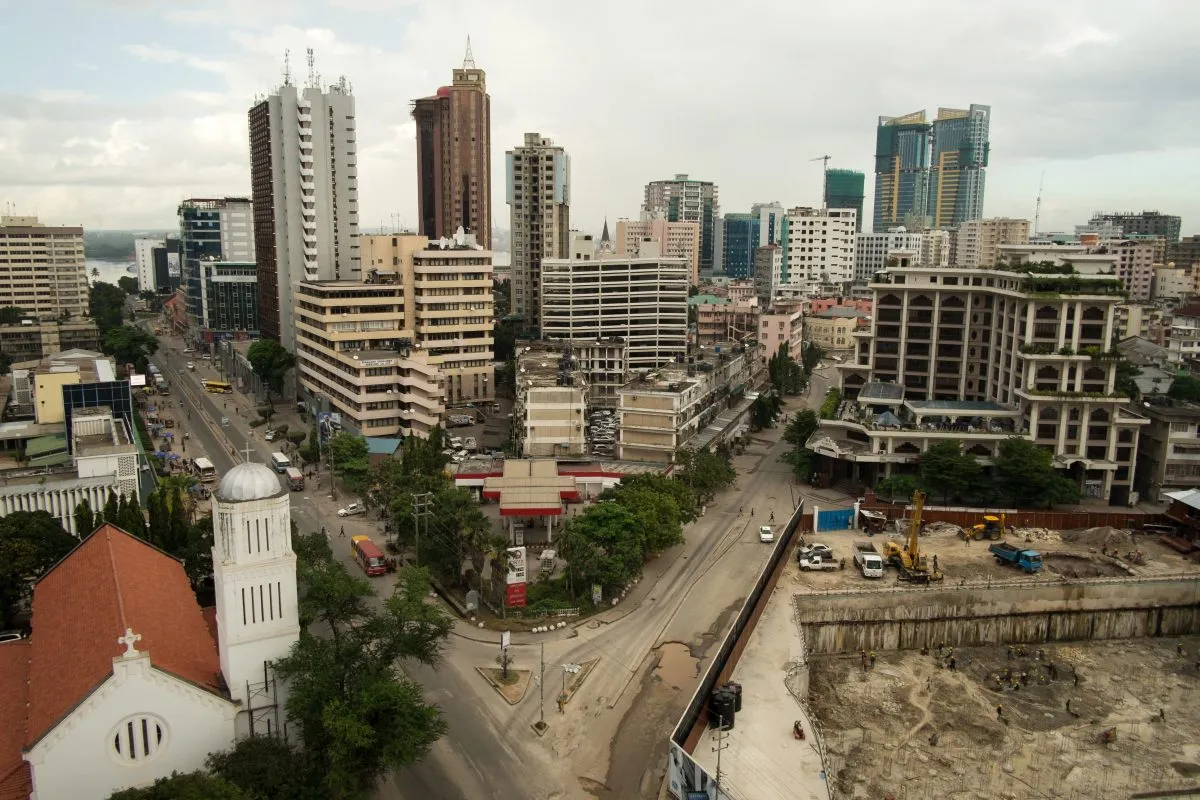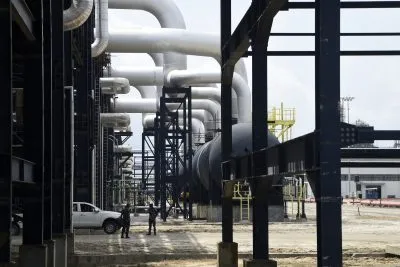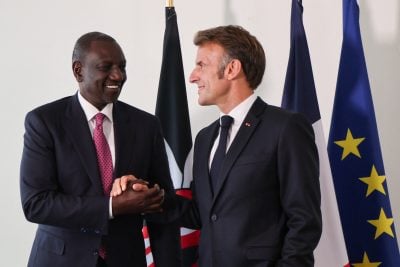Tanzanian president Samia Suluhu Hassan inaugurated a new rail line between Dar es Salaam, the country’s largest city and main business hub, and Dodoma, its administrative capital, on 1 August.
The 541km line was built by Turkish company Yapi Merkezi at a reported cost of $3.1bn. The trains running on the line use electric power, while the line itself is built to a standard gauge design – allowing wider trains than the Cape gauge railways built largely during the colonial period in much of Africa.
Passengers using the line can expect to arrive in Dodoma less than four hours after leaving Dar es Salaam. A similar journey made by car or bus can easily take more than twice as long.
“This railway is going to liberate our businesses,” Suluhu said while taking a ride to officially open the line.
The mood was dampened somewhat by a maintenance problem that emerged on the first days of the new railway’s operation. This caused one of the first services from Dodoma to arrive several hours late into Dar es Salaam.
However, Tanzania is determined to push ahead with further investments. The next phase of the new route will run westwards from Dodoma to Tabora. From there, the railway will split into two branches: one running north to Mwanza, the other further west to Kigoma on Lake Tanganyika, near the border with Burundi.
This forms part of a masterplan to build over 2,000km of new railways, creating new opportunities for trade links with neighbouring Burundi, Rwanda and Uganda. The government is also seeking to rehabilitate parts of its existing network, including the TAZARA Railway that runs to Zambia.
On track for financial viability?
Tanzania is one of several African countries pouring resources into its rail network. Nigeria, for example, has opened two commuter light rail lines in Lagos over the past year, with the aim of relieving traffic congestion in the continent’s largest megacity.
However, rail projects in Africa have repeatedly faced delays and cost overruns in recent years, and the timeline for completing Tanzania’s SGR network remains unclear. Once built, rail operators face a difficult balance in setting fares that are affordable for passengers and bringing in enough revenue to cover the costs of operating the infrastructure.
This is a problem all over the world. Virtually all passenger railways depend on some form of public subsidy.
Freight rail is a different matter, particularly where freight lines are built to serve commercial customers such as mining companies that are prepared to pay for a steady volume of cargo. There are multiple projects, at varying stages of design and construction, to build or rehabilitate freight lines in Africa to help meet demand for critical mineral exports. Prominent schemes include the Lobito Railway between Angola and DR Congo, and a new line to export iron ore from Guinea.
The masterplan for rail in East Africa involves combining freight and passenger services on the same lines. A rail connection with Tanzania could, for example, make nickel exports from Burundi much cheaper and more reliable, while also allowing for passenger services that will help to build business links and reduce traffic congestion.
Want to continue reading? Subscribe today.
You've read all your free articles for this month! Subscribe now to enjoy full access to our content.
Digital Monthly
£8.00 / month
Receive full unlimited access to our articles, opinions, podcasts and more.
Digital Yearly
£70.00 / year
Our best value offer - save £26 and gain access to all of our digital content for an entire year!

 Sign in with Google
Sign in with Google 



